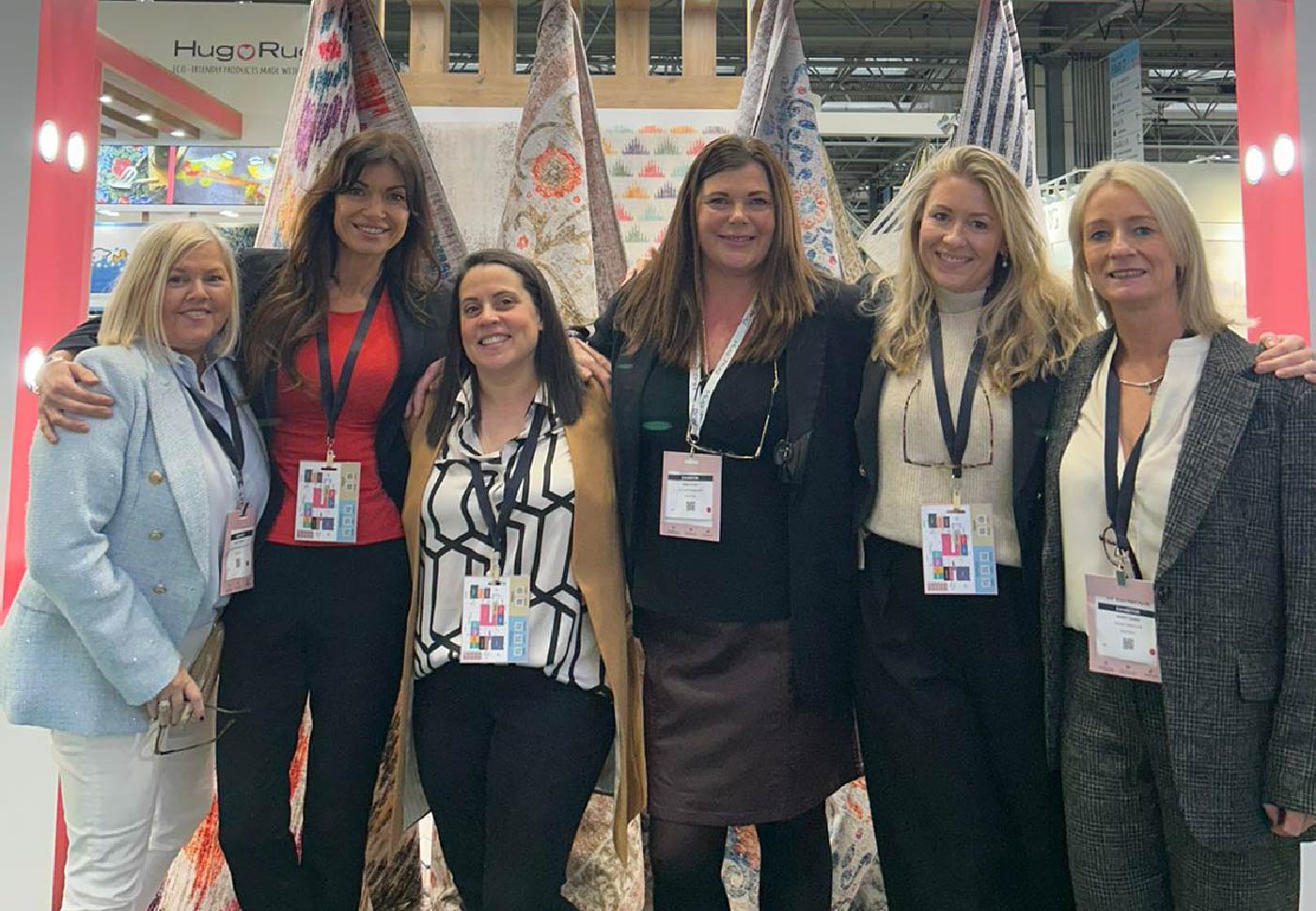Tufting is a textile manufacturing process used to create a variety of products, including carpets, rugs, and upholstery fabrics. It involves the insertion of yarns or fibers into a backing material to create a pile or looped surface. This process is used in both hand-made and machine-made textiles and has a rich history dating back over a century.
History of Tufting
The origins of tufting can be traced back to the late 19th century when a machine was invented to create a tufted product. The first patent for a tufting machine was granted in the United States in 1895. This machine, called a "tufting gun," used a needle-like device to insert yarns into a fabric backing. The tufting process quickly gained popularity in the carpet industry, where it was used to create plush, durable carpets.
In the 1950s, the introduction of synthetic fibers revolutionized the tufting process. Nylon and other synthetic fibers proved to be more durable and resistant to wear than natural fibers like wool. Today, synthetic fibers are widely used in the tufting industry, though natural fibers are still used in some high-end products.

The Tufting Process
The tufting process can be broken down into three main steps:
-
Backing Preparation: The first step in the tufting process is to prepare the backing material. This can be done by weaving or knitting a fabric or by using a pre-made backing material. The backing material is stretched onto a frame or a loom, where it is held in place during the tufting process.
-
Tufting: Once the backing material is prepared, the tufting process begins. This involves using a tufting machine to insert yarns or fibers into the backing material. The tufting machine uses a needle-like device to insert the yarns into the backing material, creating a pile or looped surface.
-
Finishing: After the tufting process is complete, the textile is finished by trimming the fibers to create an even surface. The textile may also be treated with a stain-resistant or fire-retardant coating to improve its performance.
(BELOW: A high-speed tufting machine in operation at Phoenox Textiles.)
Benefits of Tufting
Tufting has several benefits that make it a popular textile manufacturing process, including:
- Durability: Tufted textiles are highly durable and resistant to wear and tear, making them ideal for high-traffic areas.
- Comfort: The pile or looped surface created by the tufting process provides a comfortable and cushioned surface for walking or sitting.
- Design flexibility: Tufting allows for a wide range of design options, including the use of different colors, textures, and patterns.
- Cost-effective: Tufting is a cost-effective manufacturing process, making it a popular choice for a variety of products.
In conclusion, the tufting process has a long and fascinating history in the textile industry. Today, it remains a popular manufacturing process for carpets, rugs, and upholstery fabrics, thanks to its durability, comfort, and design flexibility.
If you'd like to learn more about the tufting process we use at Phoenox Textiles, please get in touch with a member of our friendly team.




